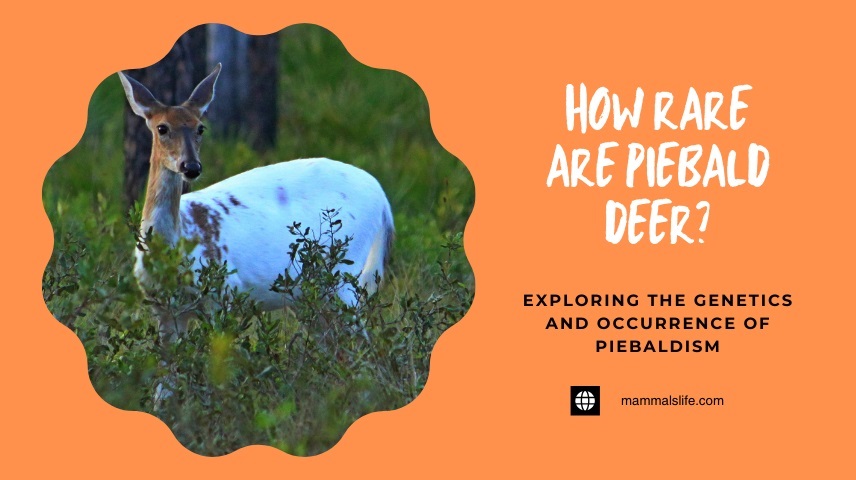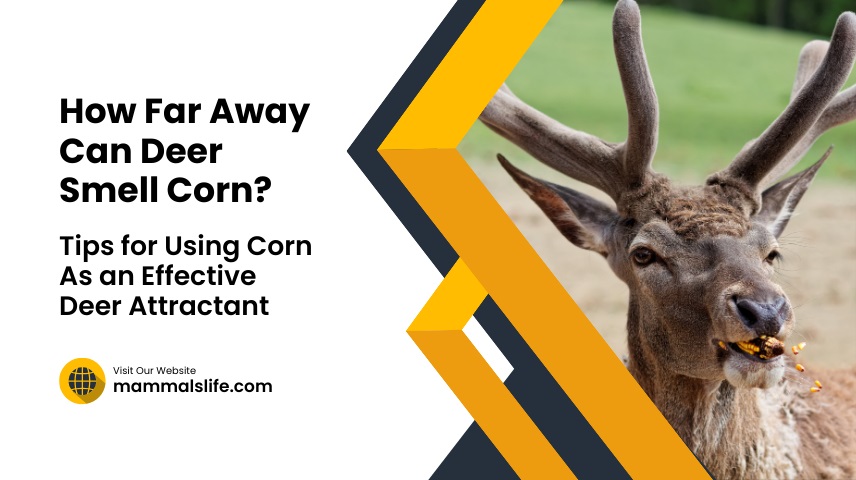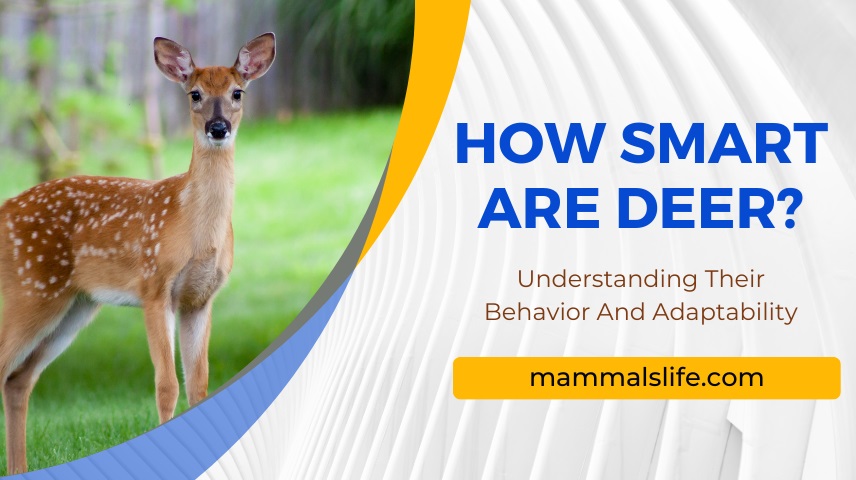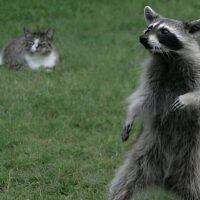Last Updated on February 22, 2025 by Mammals Life
Piebald deer are rare, making up less than 2% of the deer population. Piebaldism results from genetic mutations.
Piebald deer are a captivating and unusual sight in the wild. These deer exhibit a unique coloration, characterized by patches of white and brown on their coats. The rarity of piebald deer, occurring in less than 2% of the population, adds to their allure.
Piebaldism is caused by a genetic mutation affecting pigmentation. Unlike albino deer, piebald deer have normal eye and hoof coloration. Observing a piebald deer is a special experience for wildlife enthusiasts and hunters. Understanding the genetics and occurrence of piebaldism helps in conserving and appreciating these magnificent creatures.
Introduction To Piebaldism
Piebaldism is a fascinating genetic condition. It creates a unique appearance in deer. These deer have white patches on their bodies. This condition is rare and intriguing. Understanding piebaldism involves exploring genetics and its occurrence in nature.
What Is Piebaldism?
Piebaldism occurs due to a genetic mutation. This mutation affects the distribution of pigment cells. As a result, some areas of the skin lack color. This creates white patches on the deer’s body.
The condition can affect the fur, skin, and even eyes. Piebald deer often have a mix of normal and white hair. These unique patterns make them stand out in the wild.
Historical Context
Piebald deer have been noted throughout history. Ancient cultures sometimes revered them. They saw these deer as special or magical.
In some cultures, piebald deer were considered omens. People believed they brought good luck or were messengers of the gods. Today, they are still rare and special in the eyes of wildlife enthusiasts.
Scientists have studied piebaldism for many years. They seek to understand its genetic roots and how it affects animal populations.
Read More – What Is a Piebald Deer? A Comprehensive Guide to These Rare And Beautiful Deer
Genetics Behind Piebaldism
Piebaldism is a unique and intriguing genetic condition. It leads to distinct white patches on a deer’s coat. Understanding the genetics behind piebaldism reveals the rarity of these beautiful creatures.
Mutation And Inheritance
Piebaldism occurs due to mutations in specific genes. These mutations affect the distribution of pigment cells in the skin. As a result, certain areas lack pigmentation, creating white patches.
This condition is hereditary. A deer can inherit it from one or both parents. If only one parent carries the gene, the offspring may not show signs but can still pass the gene to future generations.
The gene responsible for piebaldism is often recessive. Both parents must carry the gene for the trait to appear in their offspring. This makes piebald deer rare in the wild.
Genetic Markers
Identifying genetic markers helps scientists understand piebaldism better. These markers are specific DNA sequences linked to the trait.
Researchers use advanced techniques to study these markers. By doing so, they can predict the likelihood of piebaldism occurring in deer populations.
Understanding genetic markers also aids in conservation efforts. It helps manage and protect the genetic diversity of deer populations.
| Genetic Aspect | Description |
|---|---|
| Mutation | Changes in specific genes affecting pigment cells |
| Inheritance | Passed down from one or both parents |
| Recessive Gene | Both parents must carry the gene for piebaldism to appear |
| Genetic Markers | DNA sequences linked to the trait |
In summary, the genetics behind piebaldism are fascinating. They highlight the rarity and beauty of piebald deer in nature.
Read More – Is Seeing Deer a Good Omen? Insights into the Symbolic Power of Deer
Physical Characteristics
Piebald deer are unique animals known for their striking appearance. This section explores their distinct physical characteristics, including color patterns and common traits.
Color Patterns
Piebald deer display a mix of white and brown patches on their fur. These patterns vary greatly among individual deer. Some may have more white, while others have more brown. The irregular patches create a beautiful, mosaic-like effect.
The unique color patterns are caused by a genetic condition called piebaldism. This condition affects the cells responsible for producing pigment. As a result, piebald deer have areas with no pigment, leading to their distinct coloration.
Common Traits
Piebald deer share some common physical traits due to piebaldism. These include:
- Shortened legs: Many piebald deer have shorter legs compared to normal deer.
- Curved spine: A curved or arched spine is another trait often seen.
- Deformed hooves: Some may have irregular or deformed hooves.
- Underdeveloped eyes: Eyes may be smaller or less developed.
These traits can affect their mobility and overall health. Despite these challenges, piebald deer continue to thrive in the wild. Their unique appearance makes them a fascinating subject for wildlife enthusiasts.
Occurrence In Deer Populations
The occurrence of piebald deer is a fascinating topic. These unique creatures stand out due to their distinctive coloring. Understanding where and how often they appear helps us appreciate their rarity.
Geographic Distribution
Piebald deer can be found in various parts of the world. They are more common in North America. In the United States, they are often seen in states like:
- Wisconsin
- New York
- Pennsylvania
They can also be found in other regions, though less frequently. Their distribution is influenced by genetic factors and habitat conditions.
Frequency In The Wild
Piebald deer are quite rare. Experts estimate that they make up less than 2% of the deer population. This rarity is due to the genetic mutation responsible for their coloring. The mutation must occur in both parents for a fawn to be piebald.
Here is a simple table to illustrate their rarity:
| Deer Population | Estimated Piebald Deer |
|---|---|
| 1000 | Less than 20 |
| 5000 | Less than 100 |
Due to this low frequency, spotting a piebald deer in the wild is a rare treat. Conservation efforts help maintain their numbers and ensure they continue to thrive.
Read More – Do Deer Feel Pain Like Humans Do? A Look into Animal Pain And Suffering
Challenges And Survival
Piebald deer face unique challenges in the wild. Their distinctive coats make them stand out. This can impact their survival in various ways.
Predation Risks
The piebald deer’s coat is a mix of white and brown patches. This makes them highly visible to predators. Predators like wolves and coyotes can easily spot them. This increases their predation risk. They cannot blend in with their surroundings. This makes escaping predators more difficult.
Health Issues
Piebaldism is not just about coat color. It often comes with health issues. These deer may have skeletal deformities. They might have shorter legs or curved spines. These issues can limit their mobility. Eye and vision problems are also common. Some piebald deer have smaller eyes. Others may have poor eyesight.
Hearing problems can also occur. These health challenges make survival tough. The deer may struggle to find food. They might not be able to detect predators. This can shorten their lifespan significantly.
| Health Issue | Impact on Survival |
|---|---|
| Skeletal Deformities | Limits mobility, harder to escape predators |
| Vision Problems | Difficulty spotting predators, finding food |
| Hearing Issues | Cannot hear predators approaching |
Despite these challenges, some piebald deer survive. They adapt to their environment. They rely on their instincts and the herd for protection.
Conservation And Study
Piebald deer captivate wildlife enthusiasts and scientists alike. Their unique coloration is a result of genetic variations. Understanding and conserving these rare creatures is vital. This section delves into research efforts and conservation strategies for piebald deer.
Research Efforts
Scientists study piebald deer to understand their genetic makeup. They collect data on their habitats and behaviors. This research helps in predicting their occurrence.
Researchers use DNA analysis to identify the genes responsible for piebaldism. They also track population sizes and health. Here is a table summarizing key research activities:
| Research Activity | Description |
|---|---|
| DNA Analysis | Identifying genes linked to piebaldism. |
| Population Tracking | Monitoring population sizes and health. |
| Behavior Study | Observing habitat preferences and behaviors. |
Conservation Strategies
Conservation efforts focus on protecting piebald deer habitats. Preserving their natural environments is essential. Here are some effective strategies:
- Habitat Preservation: Protecting forests and grasslands.
- Legal Protection: Enforcing laws against hunting piebald deer.
- Public Awareness: Educating communities about piebald deer.
Conservationists also collaborate with local authorities. They develop plans to safeguard these rare animals. Effective conservation requires a combined effort from scientists and the public.
Frequently Asked Questions
How Rare Is A Piebald Deer?
Piebald deer are quite rare. Only about 1% of the deer population exhibits this unique coloration. Their distinct white patches make them stand out. Spotting one is a special experience for wildlife enthusiasts.
What Are The Odds Of A Piebald Buck?
The odds of a piebald buck occurring are rare, approximately 1 in 1,000. Piebald deer have unique, white patches.
Is Piebald Hereditary In Deer?
Yes, piebald traits in deer are hereditary. These traits result from genetic mutations passed through generations.
What Does It Mean If You See A Piebald Deer?
A piebald deer is rare and features unique white and brown patches. It symbolizes beauty, rarity, and sometimes good luck.
What Is A Piebald Deer?
A piebald deer has patches of white and normal fur due to a genetic mutation.
Conclusion
Piebald deer are truly rare and fascinating creatures. Their unique appearance results from genetic variations. Understanding these genetics helps in preserving their populations. Observing piebald deer in the wild is a special experience. Conservation efforts are crucial to ensure their survival.
Keep an eye out for these beautiful anomalies in nature.











